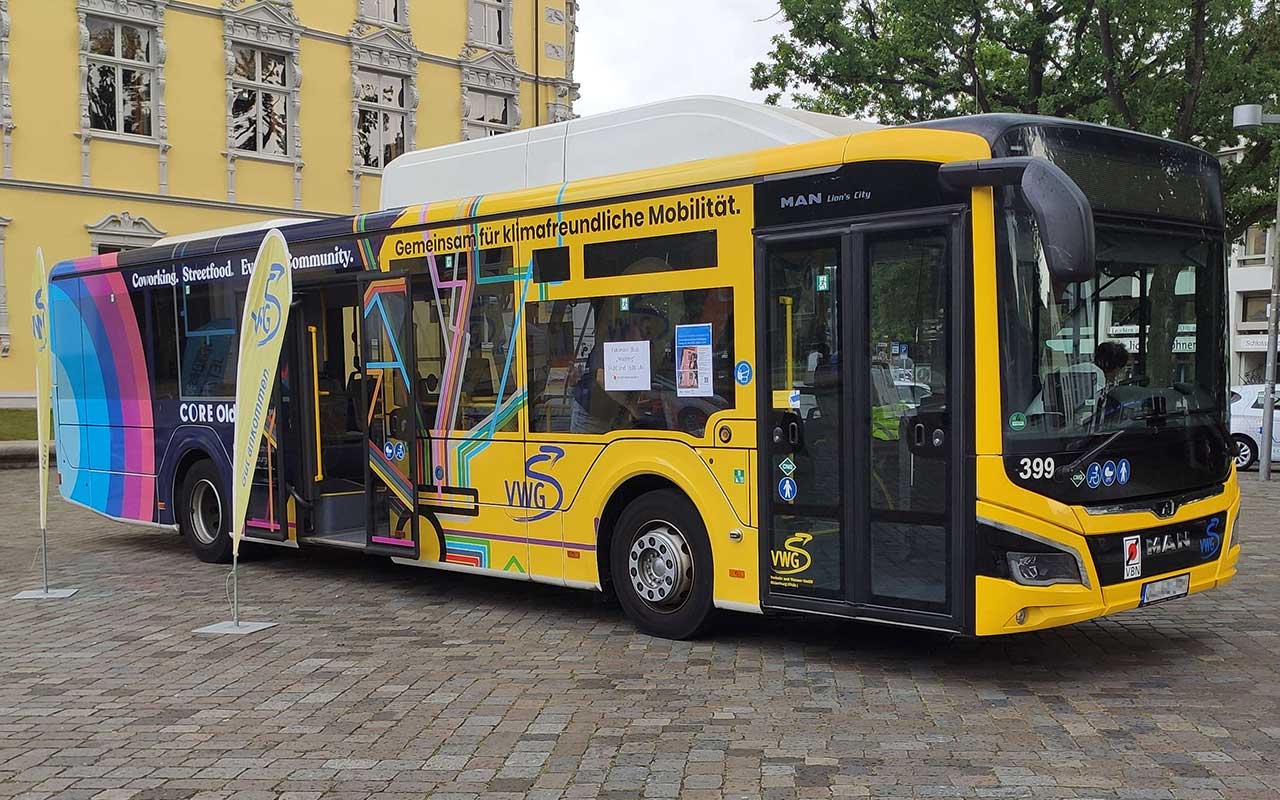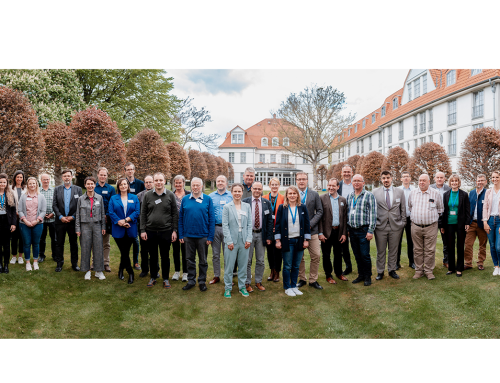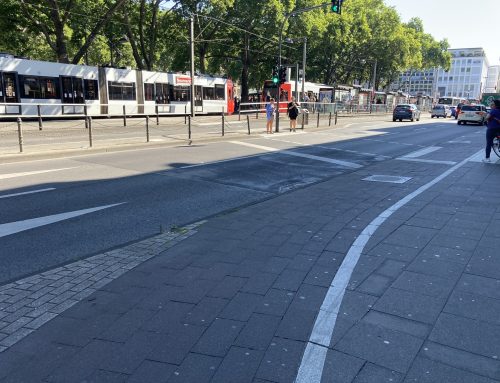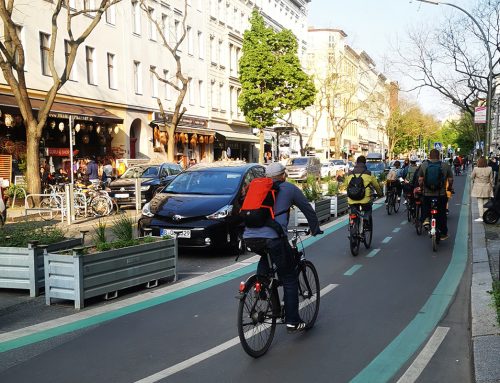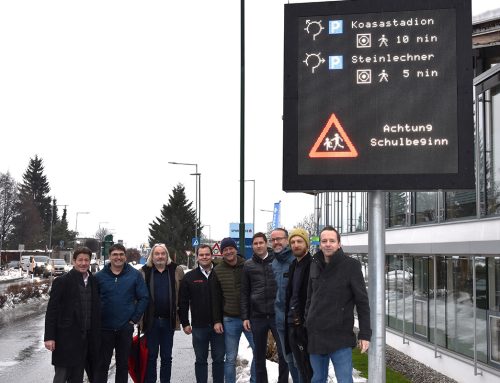The BERNARD Gruppe is supporting the city of Oldenburg on its way to achieving its climate goals and making the city center more attractive with a feasibility study. The installation of a public transport lane on the inner-city ring road “Wallring” would promote public transport and provide an incentive to take the bus instead of travelling by car.
The city of Oldenburg is working hard to achieve climate neutrality and the transport sector essentially contributes to this aim. In the framework plan Mobility and Transport 2030, approaches for the promotion of sustainable mobility are being developed in various sub-concepts. The spectrum ranges from the further strengthening of bicycle traffic to a comprehensive improvement of the attractiveness of public transport in the city center.
In the context of the feasibility study for a center transit lane on the Wallring the traffic impacts of a continuous public transport lane on the Wallring ring road encircling the city center are being investigated. So far, there are only public transport lanes on some sections of the ring road (e.g. on the road sections Staulinie and Paradewall). The implementation of the center transit lane would increase both the attractiveness of public transport through travel time reductions and more stable timetables, as well as reliability, so that the modal shift from one’s own car to public transport would become more attractive. In addition, potentials for a future expansion of public bus transport would be developed.
For this purpose, as soon as the public transport lane is completed, customized solutions will be developed for individual sections of the Wallring and their traffic impacts will be analyzed by using detailed microscopic traffic flow simulations of the inner city area (48 km network circumference, 13 signalized intersections with 345 reporting points or detectors, 44 directional bus routes). Particular attention will be paid to the respective source and destination relationships that shape traffic patterns and to the accompanying measures that are required to shift through traffic to efficient bypass routes. This would not only promote public transport, but would also relieve the inner city of through traffic and open up the opportunity for urban upgrading through the reallocation of road space. A decision on implementation will be made when the results of the feasibility study are available.
Oliver Borsellino, BERNARD Gruppe

